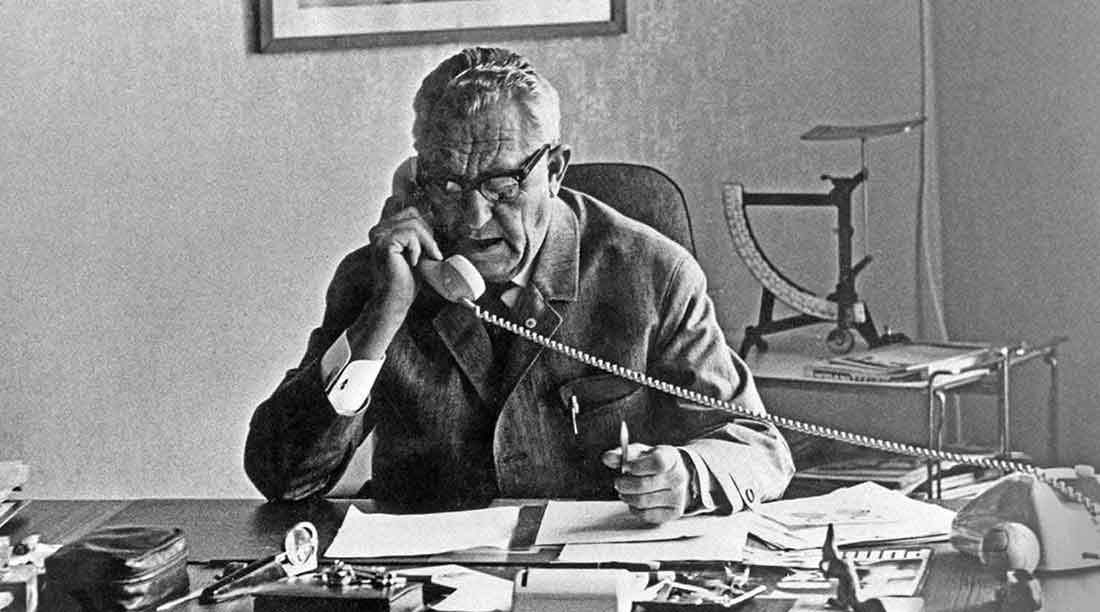
Training
VS
Exercising
Get the difference - get the results
November 16, 2019Get the difference - get the results
November 16, 2019Do you know the difference between exercising and training? Although the two are related, it is important to understand the difference. Otherwise you might be making the common mistake of shifting between the two and not get the results you are looking for.
Let’s start by defining the difference:
Exercise:
an activity requiring physical effort to sustain or improve health and fitness. Exercise is a broad term for general movement which can be undertaken with or without a goal.
Training:
undertaking a period of exercise in preparation for an event or goal. Training involves working towards a specific outcome using a program including calculated rest and recovery periods. Training focuses on producing maximal results from your effort through adaptation.
So, what is the big deal? Well, if you have a specific goal, it is more efficient and effective to be training for that particular goal specifically. Many people make the mistake of taking a tailored program and adding extra sessions on rest days or doubling up on easy days. This keen attitude tips the scale from training to exercising. Overloading a program does not respect the fine balance of exercise stimulus, recovery and adaptation. If you are focused on a specific goal read through the following training principles to ensure you stay on track.
Know the desired outcome
- Define your WHY and trust in the process
- A training plan without a mission will be misguided
- What are you aiming to achieve? And why is that important to you?
Once you understand your individual “why”, the driving force behind your training, you can begin to develop a program. You can rest assured knowing that if you turn up and complete the daily/weekly volume you will reach your goal.
The program makes the big WHY achievable.
Control what you can
It’s all about effort and consistency. Keep your easy days easy and your hard days hard. Remember that rest days are where your adaptation occurs.
Specificity
You get what you train for. Cross-training has its benefits, especially in reducing overuse injuries. However, it is important to understand that your training should be specific. Strength training should support the energy systems and muscles you need to reach your goal and maintain balance in the body.
Progressive overload
As the weeks progress your training should increase in volume, load or intensity, depending on the goal. The human body is incredible at adapting to external stressors. However, if the stress is not outside your comfort zone then there will be little to no change. Training programs can cycle from anywhere between 4 – 16 weeks with multiple peaks and subsequent lighter weeks.
Be flexible
And I’m not talking about your hamstrings. To train consistently you need to be able to adapt to the ups and downs that are part of life. If you are sick for a week but don’t reduce training load and intensity you are most likely overdoing it. As a result, you will slide down the slippery slope towards general exercise: energy expenditure and fatigue without a purpose. Adjust your training plan to allow for illness, stress, work, family and social commitments. This is part of being an adaptive athlete and flexibility ultimately leads to consistency. Understand that going harder is not always better.
If you have a specific training goal, it pays to be specific with your training. It is worth taking the time to have a quality training program created and be purposeful with your energy.
If you have the general goal to improve your health, then focus on consistent movement. By understanding the difference between general exercise and training you can move with intention and get the results you are after.






